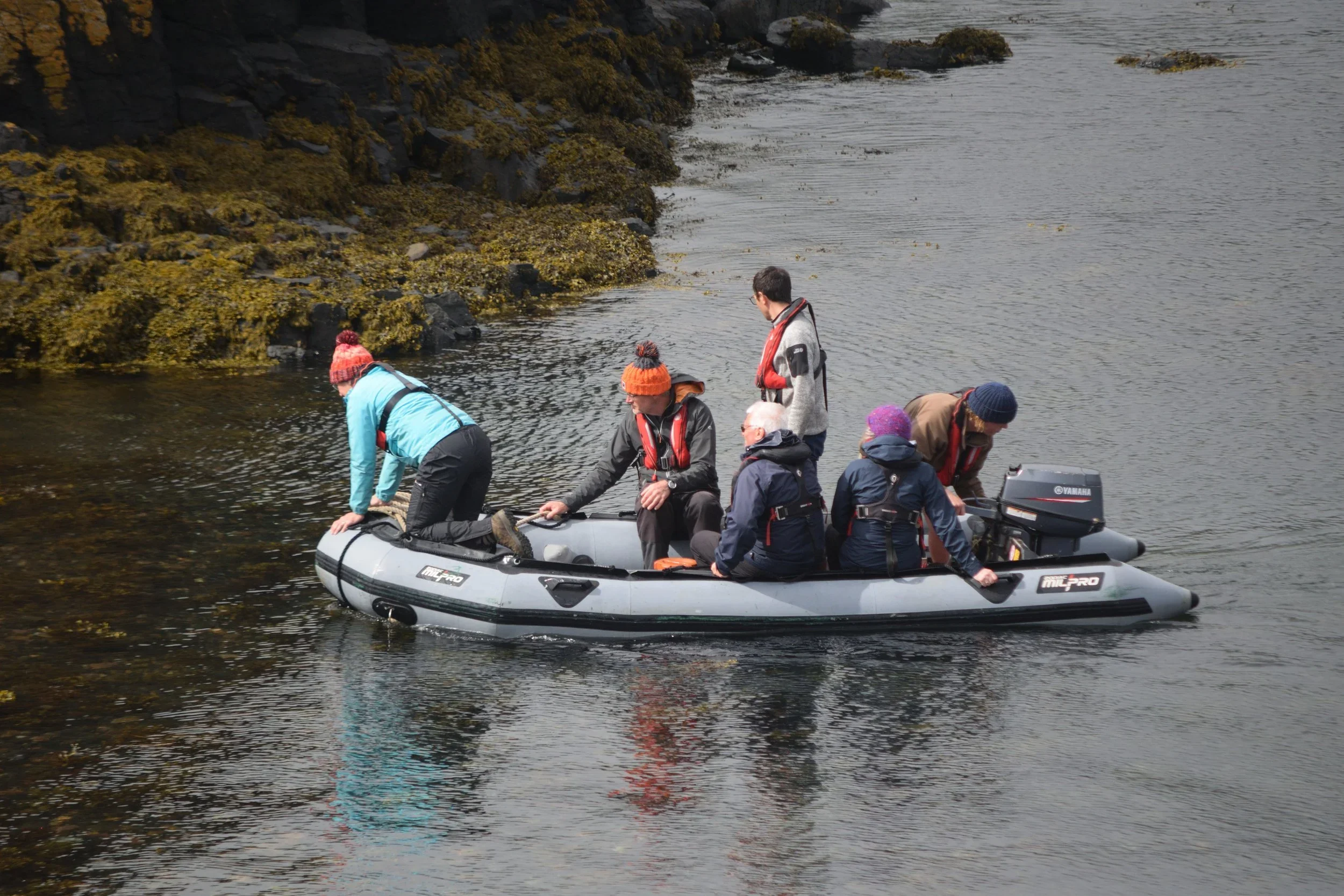
EXPLORING FINGAL’S CAVE ON STAFFA BY BOAT
Fingal's Cave on the island of Staffa in Scotland is a sea cave known for its unique geological formation of hexagonal basalt columns, its otherworldly beauty, and its musical acoustics. The cave is approximately 72 meters long and has inspired numerous artists and composers, including Felix Mendelssohn, who wrote the Hebrides Overture after visiting in 1829. It is located on an uninhabited island and is only accessible by boat which makes it one of Provident’s top destinations on our voyages.
Geological facts
The cave is part of a larger volcanic area where a blanket of lava cooled and cracked into hexagonal basalt columns, similar to the Giant's Causeway.
Waves crashing against the columns over millions of years eroded the softer rock, exposing the unique cave structure.
The cave is about 72 meters (236 feet) long.
Name and legends
Originally named "Uamh-Binn" (Cave of Melody) by the Celts, the name was changed by Sir Joseph Banks to honor the legendary Irish hero Fingal, based on the James Macpherson epic poems.
Legends suggest that the giant Fingal used the island as a stepping stone or that the cave was the location of the end of his battle with another giant, Benandonner.
Artistic and cultural inspiration
The cave's natural acoustics and otherworldly appearance have inspired countless artists, writers, and musicians.
Music: Felix Mendelssohn was so inspired by the echoing sounds that he composed his Hebrides Overture, also known as the Fingal’s Cave Overture.
Literature: Poets like Alfred, Lord Tennyson, William Wordsworth, and John Keats, as well as authors like Jules Verne, have been moved to write about the cave.
Art: Painter J.M.W. Turner also created works depicting the cave.
Visiting the cave
The cave is on the uninhabited island of Staffa, which is part of the Inner Hebrides.
The island is only accessible via boat
The surrounding area is a habitat for diverse wildlife, including puffins, seals, dolphins, and various seabirds, particularly from April to August.
“The most extraordinary place I ever beheld; it baffles all description.
”






